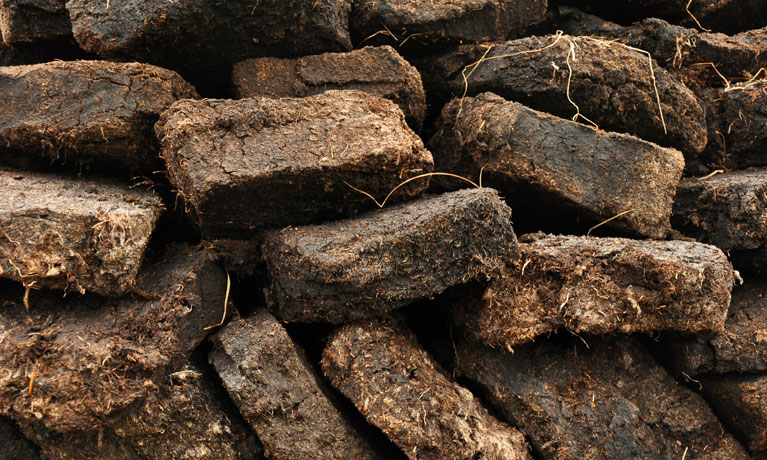Search
Coventry University research identifies what’s holding the UK back in the move to peat-free horticulture

Wednesday 18 November 2020
Press contact
A new report from Coventry University has assessed the UK’s progress towards peat-free horticulture and identified what factors are holding back further progression.
Protecting peat bogs is not just a matter of protecting wild habitats, peatlands are also key to the prevention of global warming as they store a lot of carbon. By harvesting peat and disturbing or destroying this land, harmful gasses are released into the atmosphere.
However, because of its water-retaining properties and consistency, peat is a popular growing media for professional horticulturists and casual gardeners alike.
In line with global targets of the United Nations (UN) Paris Agreement and UN Sustainable Development Goals, the UK government is pressing for significant reductions in the amount of peat used for commercial and domestic horticultural purposes. However, Coventry University researchers have been investigating exactly what has changed in the last decade, in terms of the availability and usage of alternatives to peat, to identify the opportunities and barriers to further increases in the uptake of peat-free products.
The report illustrates how progress towards the government’s targets has fallen short, with peat currently constituting around 50% of all growing media by volume, down from 70% in 2009.
Early efforts to promote peat-free alternatives were hindered by the inconsistency and poor quality of products, which had long term impacts on consumer perceptions. However, considerable research and trialling has transformed the quality of alternative mixes to the extent that these can successfully match the performance of peat-based products.
Dr David Bek, Co-Lead for the Sustainable Production and Consumption research theme in the Centre for Business in Society
The report concludes with a set of recommendations for continuing the drive towards meeting the targets set by the UK government and ensuring that all growing media can be justifiably labelled as ‘responsibly sourced’, including:
- Continuing the research and development of peat free alternatives.
- Continued technology and knowledge transfer with commercial growers to increase confidence in, and use of, peat-free media.
- The development of clear messaging around the environmental impacts to communicate with the public how they can make positive choices concerning growing media.




